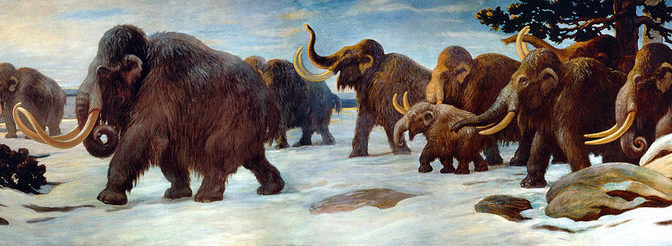On August 12, Dutee Chand became just the second female sprinter to represent India at the Olympic Games. Her road to Rio has been anything but easy.
In 2014, the International Association of Athletic Federations banned her from competition on the grounds that her body naturally produced too much testosterone, a condition called hyperandrogenism. It wasn’t her fault, the organization explained. But her condition gave her an unfair edge over other female athletes, according to the IAAF policy.
Chand appealed the ruling, and in July 2015, the Court of Arbitration for Sport determined that the IAAF:
“was unable to conclude that hyperandrogenic female athletes may benefit from such a significant performance advantage that it is necessary to exclude them from competing in the female category.”
Continue reading So what if some female Olympians have high testosterone?






